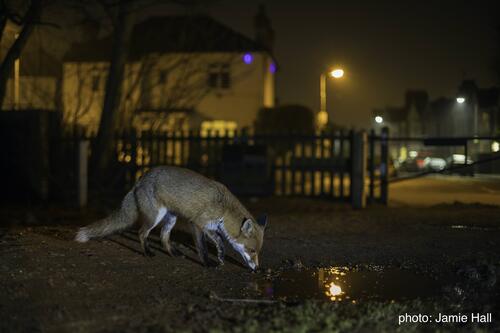
Abstract: The global expansion of human activity has had profound consequences for wildlife. Research has documented the effects of habitat destruction and defaunation on species and ecosystems, but the indirect or nonlethal pathways through which humans alter the natural world have largely eluded quantification. Human presence can instill strong fear in wild animals, which may adjust their activity to avoid contact with humans. As in natural predator-prey systems, such risk avoidance can have important nonlethal effects on animal physiology and fitness, affecting demography and triggering trophic cascades. In this talk, Kaitlyn Gaynor will present her research on the global influence of human disturbance on wildlife behavior, with a focus on diel activity patterns. She will also discuss the implications of human-induced temporal shifts for elephants in and outside of a protected area in Mozambique, and for black-tailed deer balancing spatiotemporal risk from hunters and mountain lions in California, USA. As the global human footprint expands, temporal avoidance of humans may facilitate human-wildlife coexistence. However, such responses can result in marked shifts away from natural patterns of activity, with consequences for fitness, population persistence, community interactions, and evolution.
Bio: Dr. Kaitlyn Gaynor is a wildlife ecologist and conservation scientist and is interested in better understanding the socio-ecological dynamics of ecosystems to promote human-wildlife coexistence. Her research draws on behavioral and community ecology to understand the roles that humans play in ecological systems. Kaitlyn received a BA in Environmental Biology from Columbia University in New York and a Ph.D. in Environmental Science, Policy, and Management at the University of California, Berkeley, USA. She is currently a Schmidt Science Fellow and a Director’s Postdoctoral Fellow at the National Center for Ecological Analysis and Synthesis at the University of California, Santa Barbara, USA